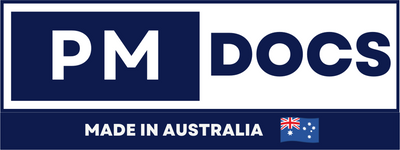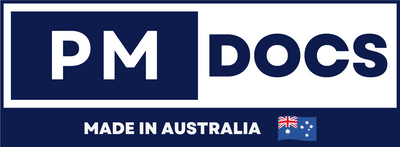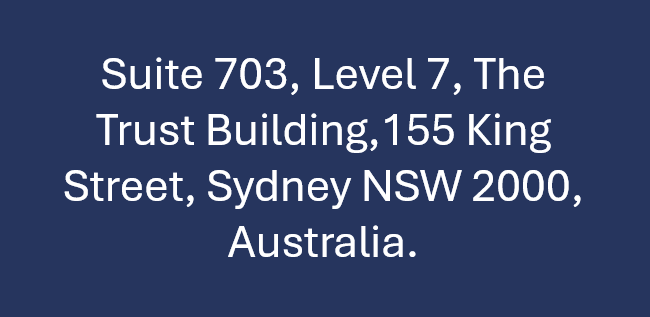How Consultants Can Use A Data Governance Toolkit In Australia?
Introduction
In today's digital age, data governance has become a cornerstone of successful business operations, especially in data-intensive environments like Australia. The rise of big data and advanced analytics has transformed how organizations operate, making effective data governance not just a regulatory requirement but a strategic advantage. For consultants, understanding and implementing a comprehensive data governance framework is critical for ensuring that data is accurate, secure, and used responsibly. This article delves into the components of a data governance toolkit and explores how consultants in Australia can utilize these tools to foster better business outcomes.

Understanding Data Governance
Data governance refers to the comprehensive management of data availability, usability, integrity, and security within an organization. It encompasses a set of policies, procedures, and standards that guide how data is handled and utilized. This systematic approach is essential for maintaining the quality and security of data, which in turn supports informed decision-making and strategic planning. For consultants, the implementation of a robust data governance framework means empowering organizations to manage their data assets effectively and comply with a myriad of regulatory requirements, which are increasingly stringent in many jurisdictions.
Importance Of Data Governance
The importance of data governance cannot be overstated, as it serves multiple critical functions:
-
Data Accuracy: Ensures that data is consistently accurate and reliable, which is foundational for making sound business decisions. Inaccurate data can lead to flawed analyses and poor strategic decisions, potentially costing organizations time and resources.
-
Security: Protects sensitive information from unauthorized access and potential breaches. With cyber threats on the rise, a strong data governance framework acts as a safeguard against data breaches and ensures that confidential information remains protected.
-
Compliance: Assists organizations in meeting legal and regulatory requirements, such as those imposed by GDPR or Australia's Privacy Act. Compliance is not only about avoiding penalties but also about fostering trust with customers and stakeholders.
-
Efficiency: Enhances data management processes and facilitates more efficient decision-making. By streamlining how data is collected, stored, and accessed, organizations can reduce redundancies and improve operational efficiency.
Components Of A Data Governance Toolkit
A comprehensive data governance toolkit for consultants should encompass several essential components that together create a cohesive strategy for managing data effectively.
1. Governance Framework - A governance framework is the backbone of any data governance strategy, setting the foundation for how data is managed across the organization. It outlines the policies, procedures, and responsibilities for data handling, ensuring that there is a clear understanding of how data should be treated at every level. A well-defined framework promotes consistency, accountability, and transparency within the organization, which are crucial for aligning data practices with business objectives.
2. Data Management Tools - Data management tools are critical to the successful implementation of data governance strategies. These tools facilitate various aspects of data handling, including collection, storage, analysis, and reporting. For consultants in Australia, selecting the right tools is pivotal, as they can significantly influence the effectiveness of the governance framework.
Popular data management tools include:
-
Data Catalogs: Assist in organizing and managing data assets, making it easier to locate and utilize data efficiently.
-
Data Quality Tools: Ensure data accuracy and consistency, which is paramount for maintaining data integrity and supporting reliable analytics.
-
Data Security Solutions: Provide robust protection against data breaches and unauthorized access, safeguarding sensitive information.
3. Data Stewardship - Data stewardship involves the careful oversight of data assets to ensure they are utilized appropriately and effectively. A data steward is tasked with maintaining data quality, resolving data issues, and implementing governance policies. This role is essential in bridging the gap between IT and business functions, ensuring that data practices align with organizational goals and that data is used as a strategic asset.
Steps To Implement A Data Governance Toolkit
For consultants, implementing a data governance toolkit involves several strategic steps designed to ensure a smooth transition and effective governance.
Step 1: Assess Current Data Practices - The first step in developing a data governance toolkit is to conduct a thorough assessment of the organization's current data practices. This involves identifying existing gaps, challenges, and opportunities for improvement. Such an assessment provides a baseline for developing a tailored governance framework that addresses the specific needs and objectives of the organization.
Step 2: Develop a Custom Framework - Based on the insights gained from the assessment, the next step is to develop a custom governance framework that aligns with the organization's strategic goals and regulatory requirements. This involves defining roles, responsibilities, and processes for data management, ensuring that there is a clear roadmap for how data will be governed.
Step 3: Select Appropriate Tools - Selecting the right data management tools is crucial for supporting the governance framework. It is important to choose tools that are scalable, user-friendly, and compatible with existing systems. Consideration should be given to tools that offer features like data cataloging, quality checks, and security measures, as these will enhance the overall effectiveness of the governance strategy.
Step 4: Train and Educate Staff - Training and education are vital components of successful data governance implementation. It is essential to educate staff on the importance of data governance, their specific roles in maintaining data integrity, and the best practices for data handling. Ongoing training should be provided to ensure that staff remain informed about new tools, practices, and regulatory changes.
Step 5: Monitor and Review - Regular monitoring and review of the data governance framework are essential to ensure it remains effective and relevant. This involves using metrics and KPIs to measure success and identify areas for improvement. Continuous monitoring allows organizations to adapt to changing business needs and regulatory landscapes, ensuring that the governance framework remains robust and effective.
Challenges In Data Governance
Implementing data governance can present several challenges that organizations must navigate:
-
Cultural Resistance: Employees may resist changes in data management practices, particularly if they are accustomed to existing processes. Overcoming this resistance requires strong leadership and effective communication to demonstrate the benefits of data governance.
-
Resource Constraints: Limited resources, whether in terms of budget, personnel, or technology, can hinder the implementation of comprehensive governance strategies. Organizations must carefully allocate resources to ensure that governance initiatives are adequately supported.
-
Complex Regulations: Navigating complex regulatory requirements can be challenging for organizations, particularly those operating in multiple jurisdictions. Staying informed about regulatory changes and ensuring compliance requires ongoing effort and attention.
Best Practices For Data Governance
To overcome these challenges and ensure successful data governance, consultants should follow several best practices:
-
Engage Stakeholders: Involving stakeholders from different departments ensures buy-in and support for data governance initiatives. This collaborative approach fosters a sense of ownership and accountability for data practices across the organization.
-
Prioritize Data Quality: Maintaining high data quality should be a central focus, as it underpins effective decision-making and strategic planning. Implementing robust data quality measures helps to ensure that data remains a reliable asset.
-
Stay Informed: Keeping abreast of industry trends and regulatory changes is crucial for ensuring compliance and adapting governance practices as needed. This proactive approach helps organizations remain agile and responsive to new developments.
Conclusion
Data governance is an indispensable component for organizations seeking to harness their data assets effectively. For consultants in Australia, understanding and implementing a robust data governance toolkit is key to achieving improved data management, enhanced security, and better compliance with regulations. By following best practices and utilizing the right tools, consultants can empower organizations to unlock the full potential of their data, driving business success and fostering innovation. Through strategic data governance, organizations can position themselves as leaders in their respective industries, leveraging data as a critical asset for growth and competitiveness.




